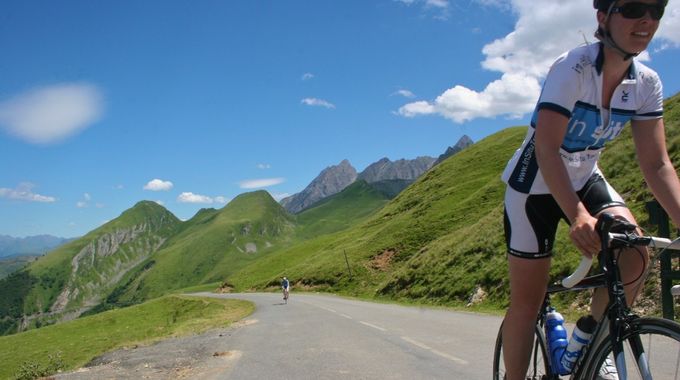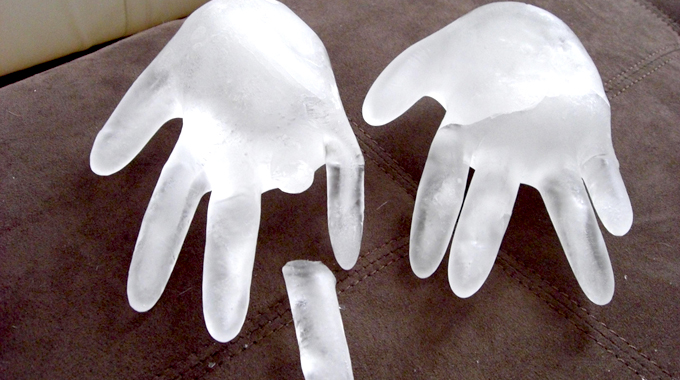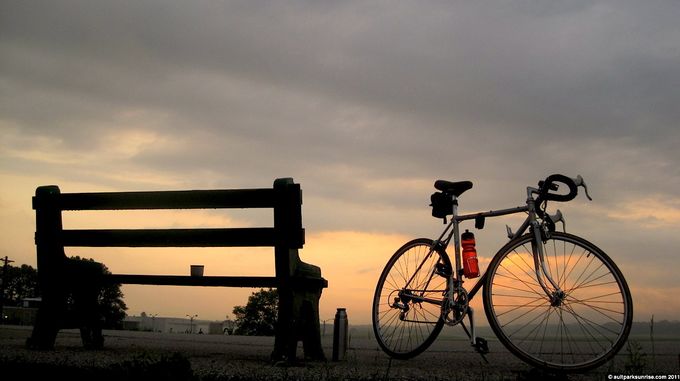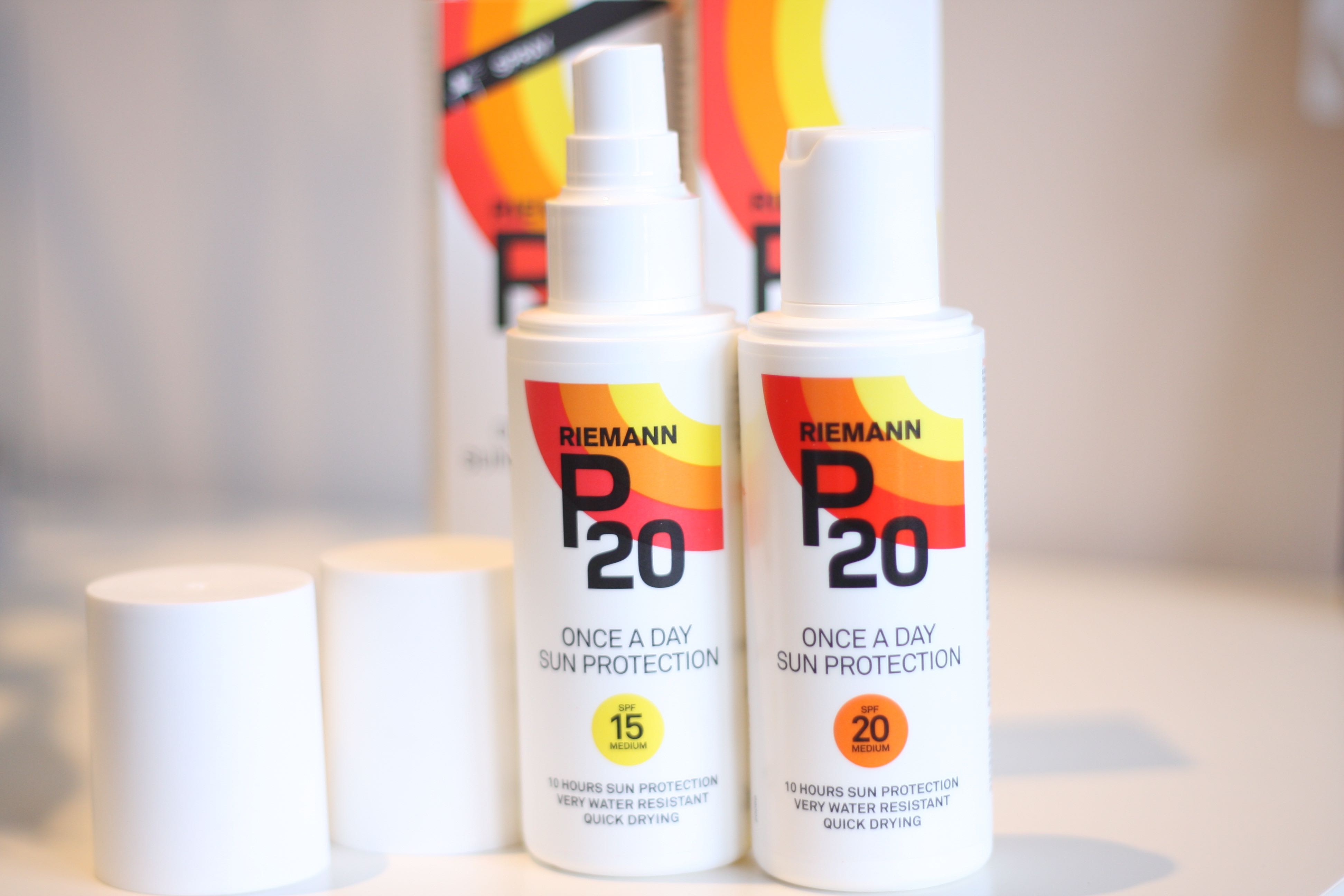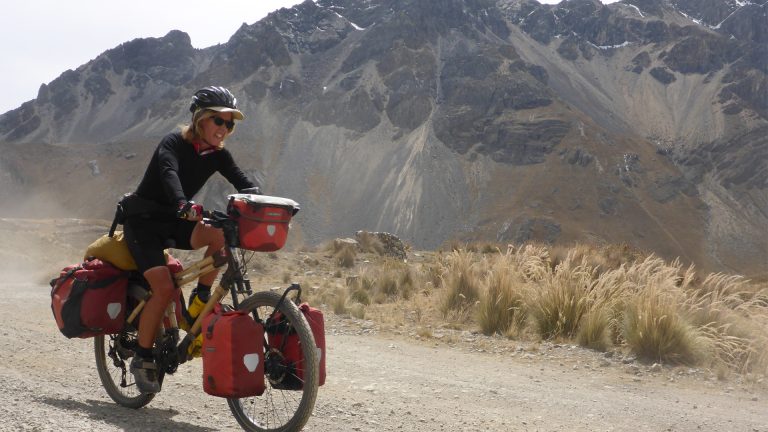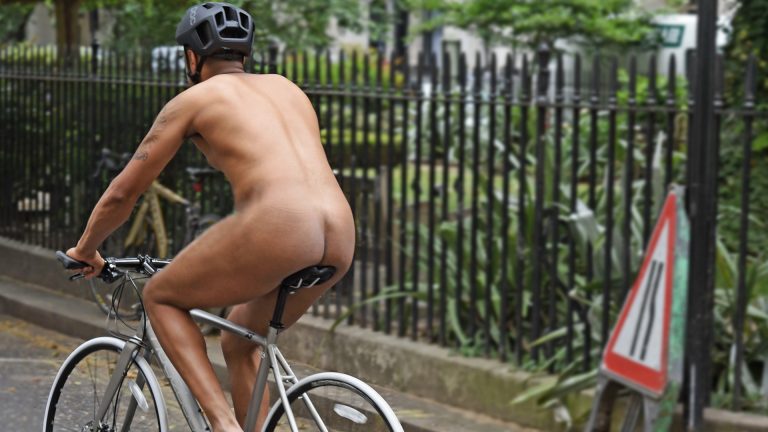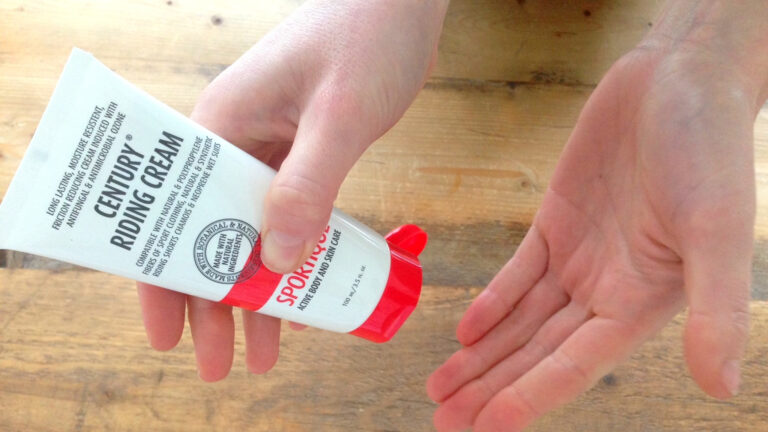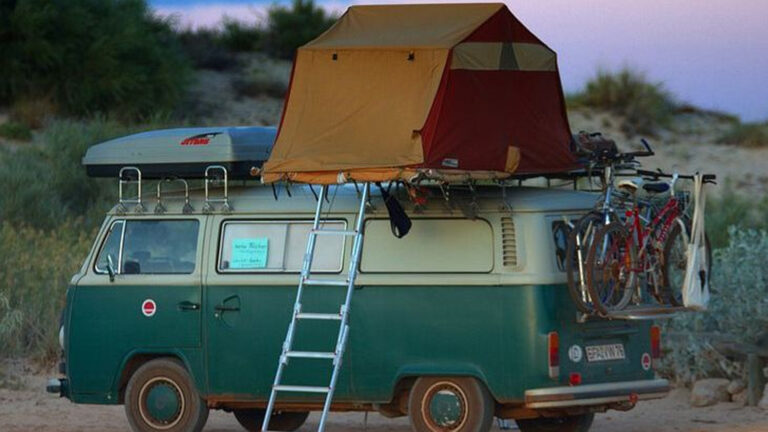Words by Hannah Reynolds
It’s all too easy to get carried away dreaming of warm-weather riding days and booking cycling holidays to sunny destinations but it’s important to consider the effects that the heat can have on you and your performance. Hannah Reynolds shares her tips for surviving the heat this summer.
Clothing
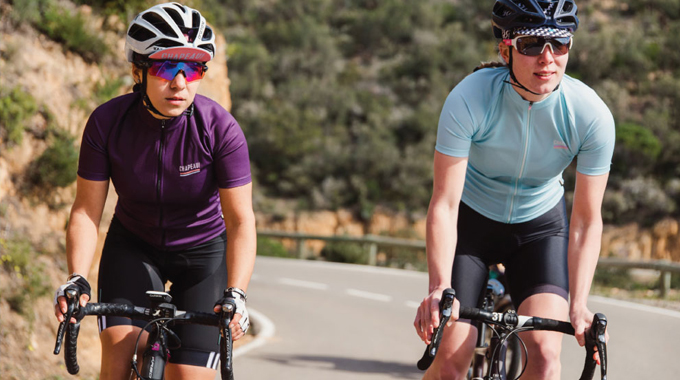
Choosing your outfit carefully can make a real difference to how you feel while riding. Thin fabrics wick sweat away from your skin to the surface where it can evaporate and cool you down. The jury is out on whether you still need a base layer as well, a thin tight fitting vest designed for hot weather can help with the transport of moisture, but some new aero-fit jerseys do the job without the extra layer. Same goes for your sports bra if it traps moisture next to your skin, it is not evaporating and cooling you down.
Perception is that white clothing is better for reflecting heat away from your body but new ColdBlack technology does it as well, or even better, and you aren’t restricted to a light coloured kit. “Coldblack technology reduces the absorption of heat rays and therefore tangibly improves heat management.” says Austrian textile innovator Schoeller Technologies. You can find Coldblack in clothing from Pearl Izumi and Endura amongst others,
Pre- Hydration
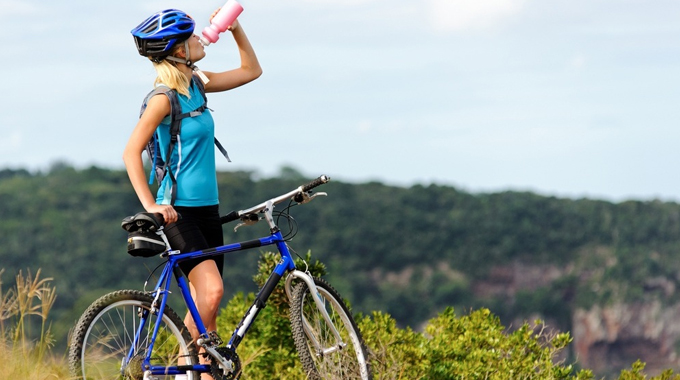
Everyone knows about hydration on the bike (we hope) but how hydrated are you during your everyday life and in the hours before your bike ride? Making sure that in the days before a big event, or even the hours before a hot ride after work, you are fully hydrated will mean you aren’t starting with a deficit. Your pee should always be straw coloured so keep an eye on it throughout the day.
How to manage your hydration levels on the bike
However, pre-hydration isn’t as simple as just drinking more and more water. Your body can’t store vast quantities of fluid and once there is enough you will just pee out the rest. Frequent weeing is both annoying and will flush away some of the electrolytes you need to keep your body in balance. The best indicators of whether you are hydrated enough are thirst and pee colour.
To keep your fluid balance in check you can also pre-load with electrolytes in the days leading up to a long, hot event. Everyone sweats out different amounts of sodium, ‘salty sweaters’ will find they struggle more with the heat and staying hydrated (check your kit for white rings and tide marks, this is salt left by your sweat.) If you suffer from cramps or headaches during events check out the advice from Precision Hydration who offer free sweat tests to athletes so you can customise your hydration approach with the right amount of sodium to maintain your fluid balance.



